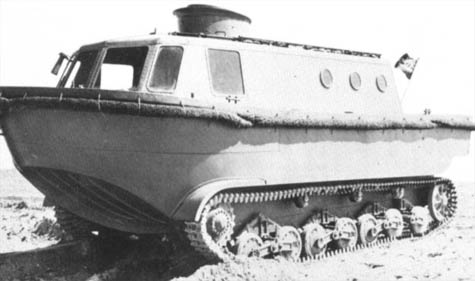You are not logged in.


This post has been edited 3 times, last edit by "howard" (Oct 13th 2008, 12:03pm)


Quoted
Originally posted by howard
safely as she must secure the snort tube, shift over to
Quoted
Originally posted by Hrolf Hakonson
According to what I can find, the first LWS wasn't ordered until late 1940, to this point Germany has no particular reason to have ordered them (though they might be useful, I can't say that I've done so).
Quoted
Several snorkel systems or snorkel-like systems were installed on board US submarines. Simon Lake used an engine exhaust system that utilized a pipe extending above the main deck aft. The Alligator (1862) had an ‘air tube’ to allow air to be drawn into the boat while it was submerged at a shallow depth. The CSS Hunley had a similar air tube system. John Holland’s Plunger (189was to have a coiled hose system which had a float to permit air to be drawn in from a deeper depth than either the Alligator or Hunley.
This post has been edited 1 times, last edit by "howard" (Oct 18th 2008, 8:05am)
Quoted
Originally posted by Kaiser Kirk
Probably not,
From the link you posted it took about a year of testing, then they made it operational and had two more years of tests. Not a huge development arc... though there is that point they were working from captured blueprints.
Thing was- Simon Lake didn't do it, the USN did not do it in this period- nobody except the Dutch did. The US did not do it until 1945, and then used captured tech to help.
Quoted
Originally posted by Kaiser Kirk
And thats what I'm not keen on.
I won't claim the schnorkel is not restricted to the Dutch, for one thing that logic would penalize all the countries advanced beyond historical. Thats not defensible.
However, if nobody had the thing except them, I rather expect a good storyline as to why it was developed a-historically and introduced by someone else.
In this case, it's a private company that pops up sporting it as part of an apparent mercenary op.
This post has been edited 1 times, last edit by "howard" (Oct 18th 2008, 9:52am)
Quoted
Originally posted by Red Admiral
Italy invented the first modern Schnorkel in 1923 by Major Ferreti. The submarine H-3 was refitted with the equipment and conducted satisfactory trials in late 1925. The device was later installed on three submarines in the early 1930s for further trials. Although it worked the submarines had the equipment removed because there was no real operational need at the time and the Navy was concerned about the visible wake from the mast.

Forum Software: Burning Board® Lite 2.1.2 pl 1, developed by WoltLab® GmbH
